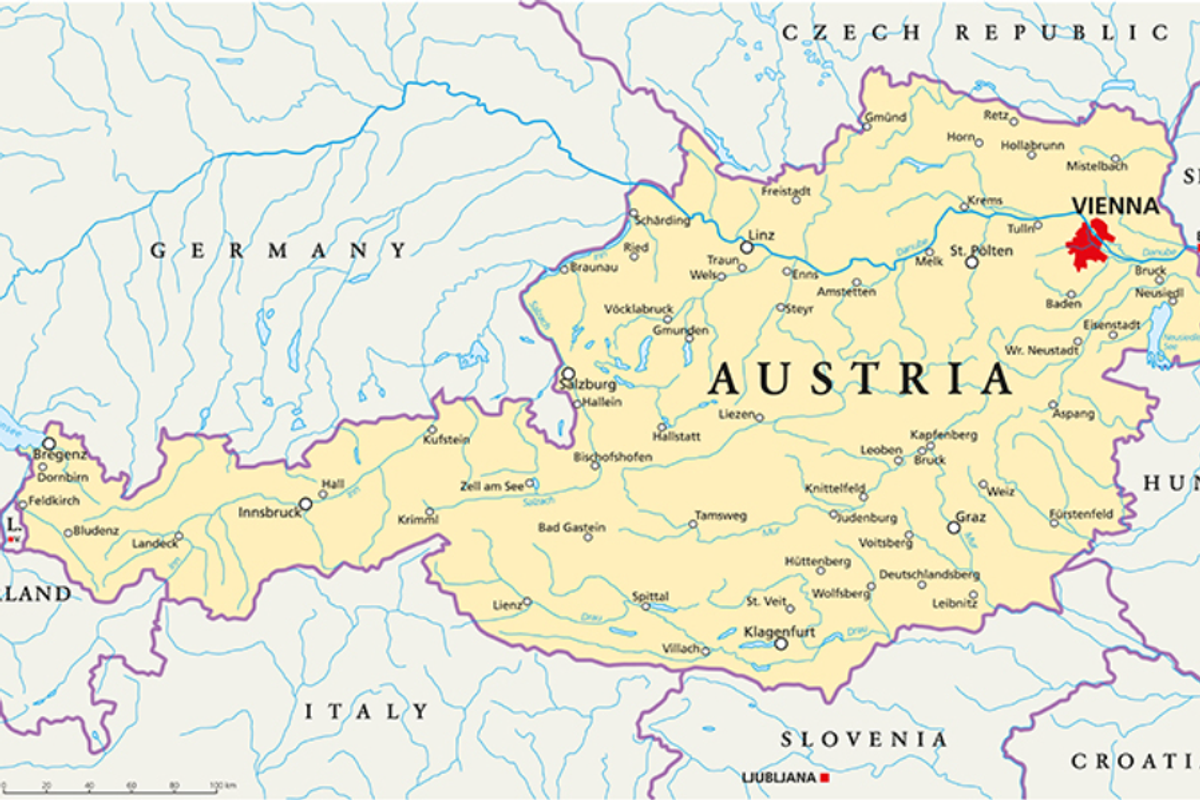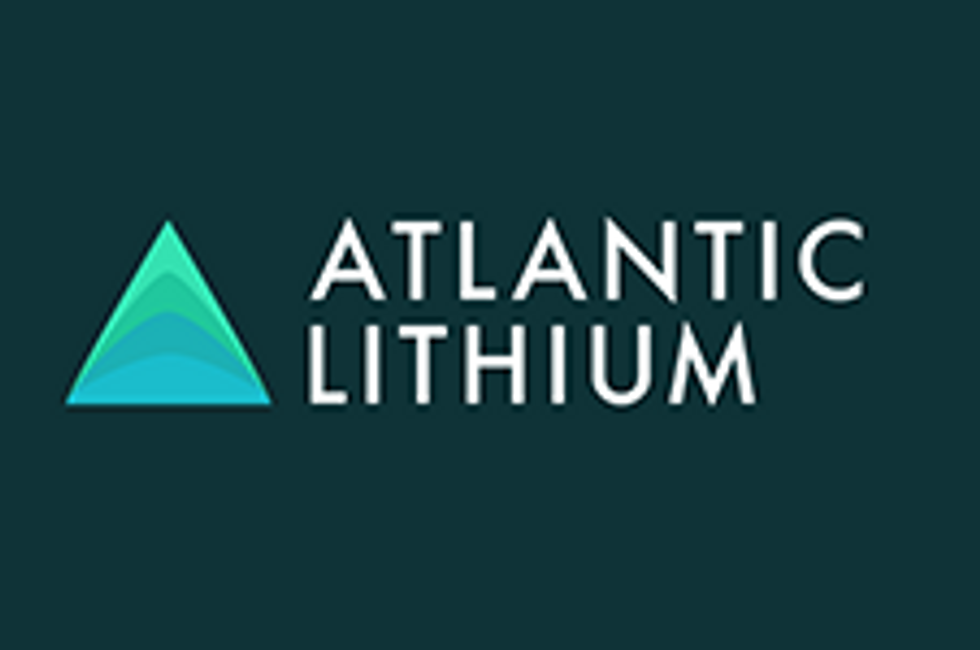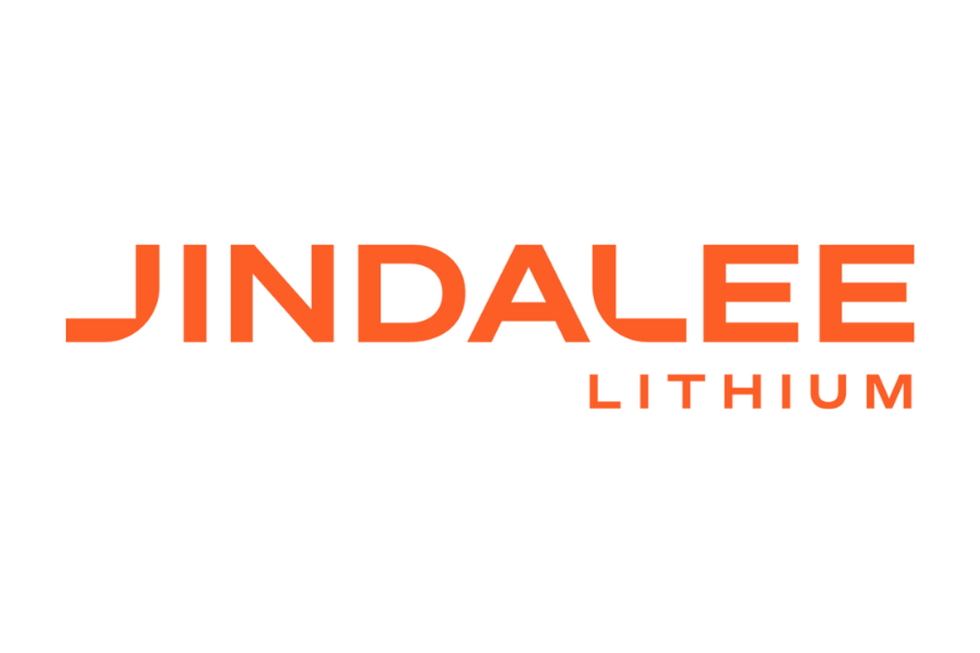How Austria's Mining Sector Could be Invaluable to Europe and to Investors

Austria is already well positioned to seize on the growth of the electric vehicle market and the future of e-mobility
With a history dating back to the Roman Empire, Austria's mining industry is firmly rooted in tradition. This means that in addition to extensive pre-established infrastructure, there is also a great deal of community and government support in the region. Austria's mature environment, strategic location and industry-friendly political climate make it an ideal investment target.
Austria extracts approximately 80 million tonnes of material resources from its mines each year. As of 2020, the sector employed roughly 4,200 people across mining and production. Austria is also the fifth largest producer of magnesite in the world, and a key producer of graphite for the European market.
Austria is noteworthy for having the largest underground tungsten ore deposit in the world, the largest siderite deposits in the world and the largest talcum deposit in Central Europe. It is also the site of a major lithium deposit. However, it's important to note that mining is currently not a major contributor to Austria's annual gross domestic product, representing just $7.1 billion of $371.8 billion in 2016. The country largely relies on imports from trade partners for most metals, as well as for fossil fuels.
Austria remains a highly promising strategic investment for a multitude of reasons.
The outlook for lithium
As electrification and clean energy continue to gain ground in the EU, demand for lithium, one of the core metals involved in electric vehicle production, has increased exponentially. In 2021 alone, lithium prices skyrocketed, rising by nearly 500 percent. It has been estimated that if supply does not increase significantly, an imbalance might hit as early as 2027.
"There's a growing disconnect between available supply and surging demand," explained Ken Brinsden, chief executive of Australian mining company Pilbara Minerals (ASX:PLS,OTC Pink:PILBF) "There aren’t enough projects that have been invested in the previous years that could come online. The short term response is definitely going to be tight. If only we had three years ago another mine fully funded when prices were low we would be in balance this year."
Because it is home to one of the last remaining graphite mines in the Alps and hosts multiple major automotive manufacturers, Austria is already well positioned to seize on the growth of the electric vehicle market and the future of e-mobility.What is the current state of mining in Austria?
From a regulatory perspective, the Mineral Resources Act, which governs and regulates Austria's mining sector, is highly favourable for both domestic and foreign investors. This largely comes down to how mineral resources and deposits are classified under the act. Each deposit falls into one of the following two categories.
- Freehold: All mineral resources listed in the Austrian Mining Law (various metals, crude oil, natural gas, coal, salt, fluorspar, heavy spar and others) are withdrawn from the property owner. The freehold mineral resources have no ownership and are administered by the federal government. Ownership of them can only be acquired through a granting process controlled by the federal government.
- Freely mineable: The property owner only has the right to mine so-called property-owned mineral resources (for example, sand, gravel, gypsum, clay, roofing slate and others).
Austria's Mineral Resources Act is also noteworthy for the relatively administratively light-handed approach it takes towards exploration and discovery. To search for freehold and freely mineable resources, a business need only notify Austria's mining administration. Exploration and analysis require prospecting permits, while extraction and production require mining authorization.
While there are a few other requirements around waste management, registration and sustainability, they are all relatively straightforward to secure.
Many of Austria's towns and villages have their roots in mining as well. This has served to drive considerable innovation within the mining sector. More importantly, it means that there is no shortage of skilled labor in the region.
European Union: Critical metals and a green future
The EU participates in the European Climate and Energy Framework 2030, a program focused on practical objectives that can move the world towards net neutrality. It highlights how European solutions are needed to efficiently and cost-effectively bring security of supply and climate protection together in the energy transition. Pursuant to the European Green Deal, this continent plans to to become the first climate-neutral continent.
Economic importance and supply risk are the two most important parameters when determining criticality for the EU. The former deals in detail with the attribution of end users of raw materials on the basis of industrial applications. The latter parameter determines the concentration of global production of primary raw materials and supply to the EU at the country level, highlighting major suppliers like Austria. It also considers the governance of the supplying countries, including environmental aspects, the contribution of recycling, substitution, the EU's dependence on imports and trade restrictions in outside countries.
The European Battery Alliance, launched in October 2017 by European Commission Vice President Maroš Šefčovič, is meant to ensure that all Europeans benefit from safer traffic, cleaner vehicles and more sustainable technological solutions. The intention is to achieve this through a localised supply chain. The economic upside is clear: the market will have an estimated annual value of up to 250 billion euros by 2025. Lithium is a critical component of this stable, sustainable supply that supports a green economy.
Largest producing mines in Austria
In 2016, Austria was home to more than 1,100 mining and quarrying operations, Materials produced by Austria include iron, graphite, salt, tungsten, magnesite, limestone, gypsum, anhydrite, kaolin, talc, leucophyllum, dolomite, quartz sand and oil shale.
Erzberg
The massive Erzberg open-pit iron mine is located in Eisenerz, Styria. Operated by Voestalpine (VIE:VOE), the mine is the site of the largest iron ore deposit in Austria. Located 60 kilometres northwest of Graz and 260 kilometres southwest of Vienna, it produces approximately 2.153 million tonnes of ore a year.
Mittersill
Located 30 kilometres south of Kitzbühel, the Mittersill mine is built atop the largest scheelite deposit in the EU. Also known as the Felbertal mine, MIttersill is a major source of tungsten trioxide, producing an average of 1,200 tonnes of the mineral per year. The mine is owned by Wolfram Bergbau und Hütten, a subsidiary of Swedish multinational engineering firm Sandvik (STO:SAND).
Hallein
Bordering the city of Salzburg, the federally owned Hallein salt mine is one of the oldest active mining sites in the world. Operational for over 7,000 years, the underground mine doubles as a mining museum. In 1829, the mine actually grew large enough that it crossed over the border to neighboring Bavaria, resulting in the Bavarian-Austrian Salt Treaty.
Kaisersberg
The last active graphite mine in the Alps, the Kaisersberg mine, first began production as early as 1755. It is owned by Grafitbergbau Kaisersberg, a privately owned business based out of the town of Kaisersberg. The mine is linked directly to both local and international railway systems for more efficient delivery.
Breitenau
Located in the province of Styria in Central Austria, Breitenau is one of the largest underground magnesite mines in the world, and the largest magnesite operations in Austria. It's owned and operated by Veitsch-Radex, a subsidiary of RHI Magnesita (LSE:RHIM). Veitsch-Radex also owns two other magnesite mines in Gulsen and Millstatteralpe/Radentheim.
Current mining exploration companies in Austria
European Lithium (ASX:EUR)
European Lithium's current project, the wholly owned Wolfsberg project, is located 270 kilometres south of Austria's capital, Vienna. Just east of the industrial town of Wolfsberg, it is comprised of 22 original and 32 overlapping exploration licences and a mining licence covering 11 areas. Situated close to comprehensive existing infrastructure, the project is built atop a foundation of extensive testing, exploration, mining and prefeasibility studies conducted by prior owners.
The current resource is 9.7 million tonnes at 1 percent lithium oxide. This paves the way for a definitive feasibility study slated for Q3 2022. The company believes that the mine has potential for a lifespan of between 12 and 15 years. Based on the prefeasibility alone, the net present value is at AU$862 million, though this is expected to rise to US$1.6 billion upon the new study’s completion. The mine is expected to commence production towards the end of 2024.
Richmond Minerals (TSXV:RMD)
A mineral exploration company that has been heavily engaged in exploration projects throughout Quebec and Ontario, Richmond Minerals recently expanded its focus from Canada to Austria with the Oberzeiring polymetallic project. Comprised of 99 claims near the village of Oberzeiring, the project is located at the site of what was formerly one of the largest silver mines in the Eastern Alps.
Aurex Biomining
Based in Switzerland, Aurex Biomining was the original owner of the Oberzeiring polymetallic project before selling it to Richmond. The company also maintains a gold project of approximately 20 square kilometres near the town of Pusterwald. The company is also pioneering a unique environmentally friendly biomining process.
Takeaway
Austria's mature mining infrastructure, industry-friendly regulatory climate, role in the automotive market and emerging mining projects make the country a strong contender for future investment. As the drive for electrification continues, the region has the potential to play a pivotal role in the development of the EU's lithium supply chain. Initiatives such as European Lithium’s Wolfsberg project have the potential to help immensely in this regard, particularly given Austria's proximity to multiple operating and proposed gigafactories.
This INNSpired article was written as part of an advertising campaign for a company that is no longer a client of INN. This INNSpired article provides information which was sourced by INN, written according to INN's editorial standards, in order to help investors learn more about the company. The company’s campaign fees paid for INN to create and update this INNSpired article. INN does not provide investment advice and the information on this profile should not be considered a recommendation to buy or sell any security. INN does not endorse or recommend the business, products, services or securities of any company profiled. If your company would benefit from being associated with INN's trusted news and education for investors, please contact us.





